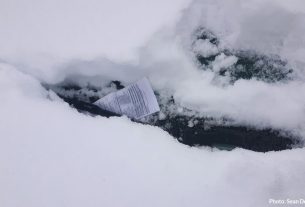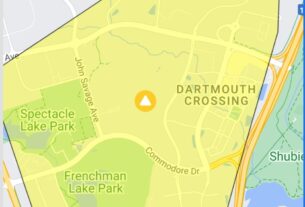**** Info via Environment Canada
Birth of a cloud
Cloud formation is a fascinating phenomenon. There are several ways clouds can form, but let’s look at a typical example that often dots fair-weather skies with their classic “cauliflower” appearance: the cumulus.

On a bright, sunny day, the ground warms and a pocket of relatively warm air, called air parcel, forms above the ground. An air parcel can be thought of like a big air balloon that rises due to the mass of hot air within it that is less dense than its surroundings, but without a membrane.
For the air parcel to keep rising higher into the atmosphere, the air has to be unstable, which means that the atmosphere has to get colder the higher the air parcel goes. Since pressure decreases as you get higher up, the air parcel expands while slowly cooling at a rate of 1°C per 100 m of altitude.
An air parcel expanding and cooling as it rises.
When the air parcel cools enough for its humidity level to reach 100%, the water vapour condenses, and millions of droplets form. These droplets reflect white light from the sun, and voilà, a cloud is born!
The more air parcels fill the cloud with moisture, the bigger the cloud will become. Eventually, there can be so many water droplets that they block most of the sun’s light, and the base of the cloud will appear dark. If a cumulus turns into a cumulonimbus, or storm cloud, take shelter!
To find out what to call different types of clouds, see the Cloud Atlas.




